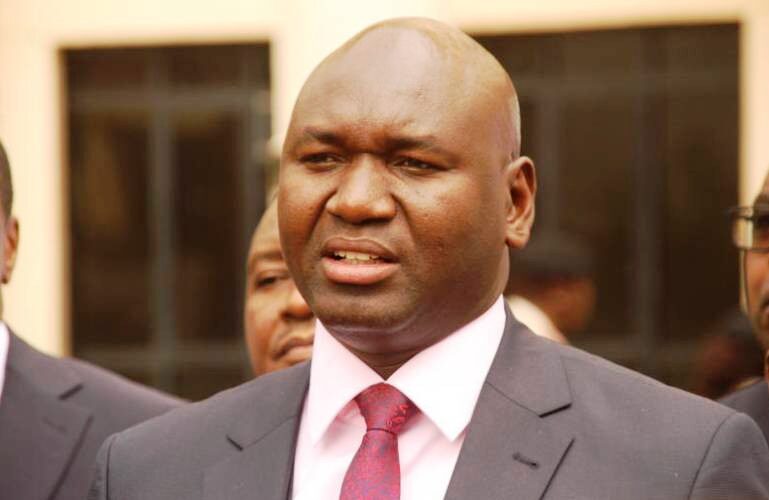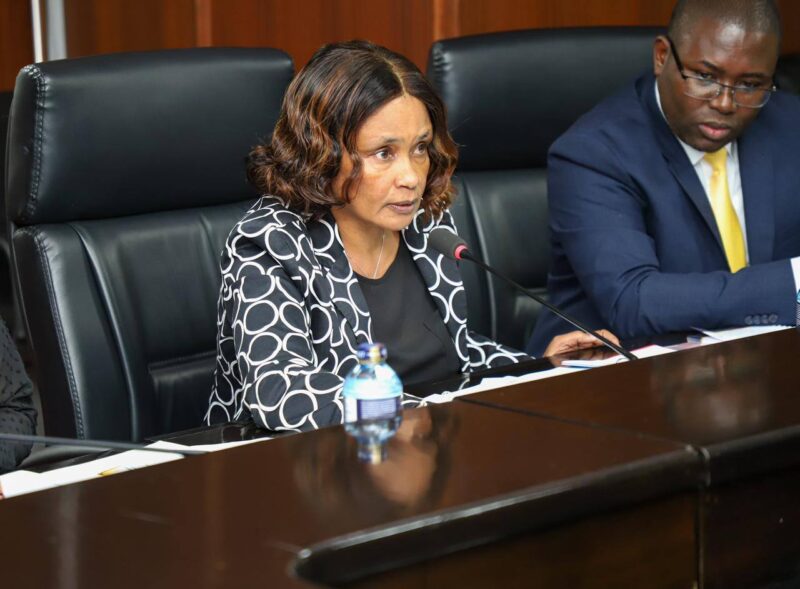Kenya’s education sector has been rocked by a damning audit that found more than 50,000 ghost learners in secondary schools. The fraud could be draining the public purse of at least Sh1.1 billion annually, based on the capitation rate of Sh22,244 per student.
Appearing before the National Assembly’s Education Committee, Basic Education Principal Secretary Prof Julius Bitok confirmed that the nationwide verification of student data is about 60 percent complete. The findings, he said, reveal that secondary schools are the worst culprits in inflating enrolment numbers.
“So far, we have established that over 50,000 secondary school students do not exist. The numbers are simply not adding up,” he said, warning that the final tally could be even higher once the audit covers all 32,000 schools.
The Ministry is cross-checking data from three sources: the National Education Management Information System (NEMIS), school heads, and sub-county education directors. The PS expects the clean-up to cut national enrolments by about 10 percent.
During the current financial year’s third term, the Treasury disbursed Sh13 billion out of an allocation of Sh23 billion to schools. This included Sh5.14 billion for secondary schools, Sh1.02 billion for junior schools, Sh456.4 million for primary institutions, and Sh1 million for special needs schools.
The audit is not only unearthing fraud but also exposing weaknesses in school funding management. Each institution receives funds into two accounts: tuition, which supports learning resources and laboratory materials, and operations, which cater for utilities, sports, meals, and other services. With ghost learners inflating budgets, genuine students risk losing out on essential support.
Prof Bitok defended the Sh1.39 billion in infrastructure grants released over the past five years, saying the allocations were guided by presidential directives and are not linked to the ghost learner scheme. “We have records, images, and letters confirming which schools benefited,” he told MPs.
He announced that from January 2026, the Ministry will introduce the Kenya Education Management Information System (KEMIS), a new platform designed to seal loopholes in student data management and improve transparency.
As the scandal unfolds, Parliament and education stakeholders are under pressure to recommend strong accountability measures against school officials involved. The revelations highlight the urgent need for tighter oversight to ensure every shilling invested in free education benefits real learners.




